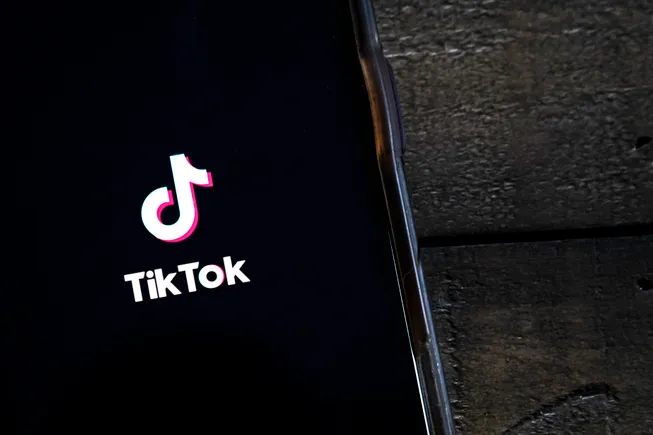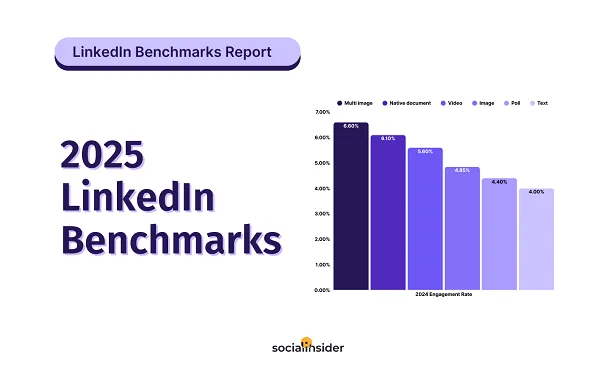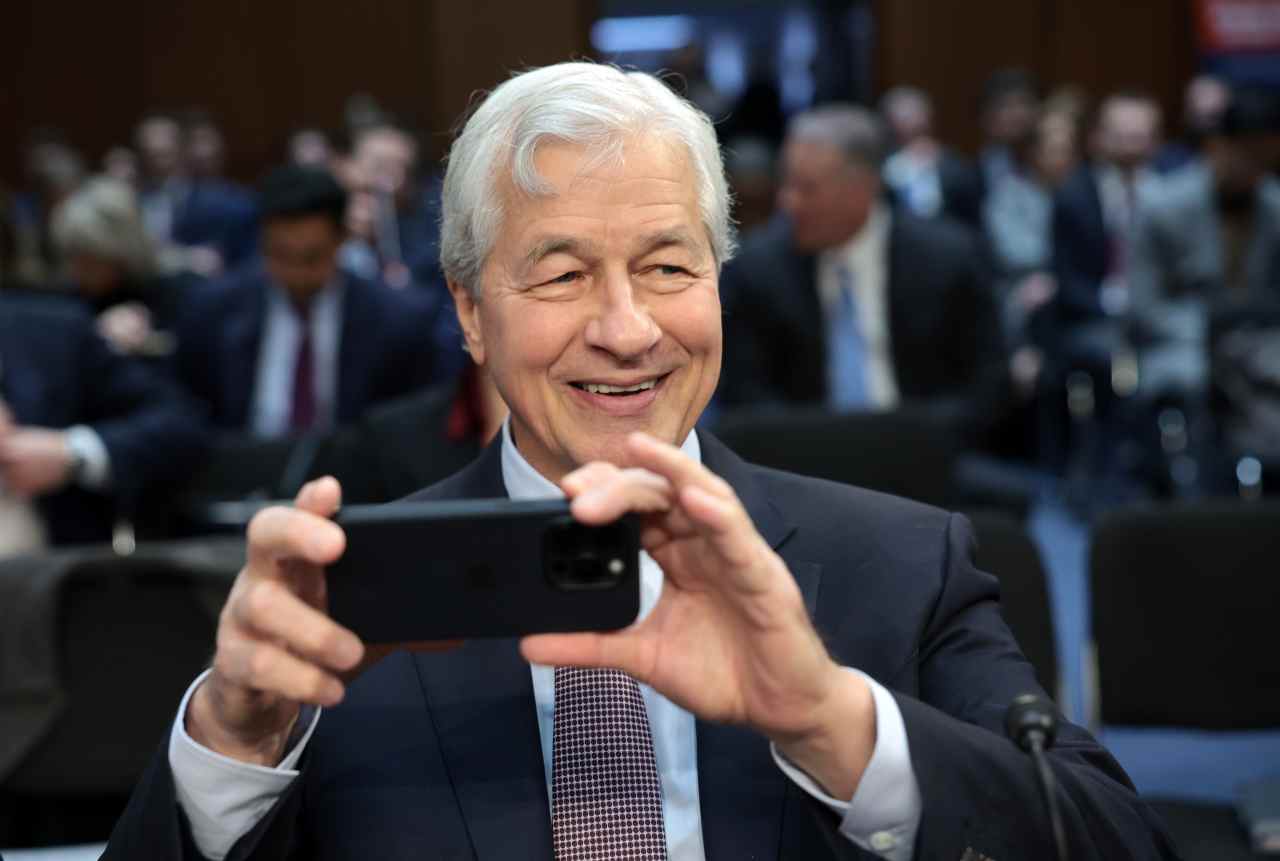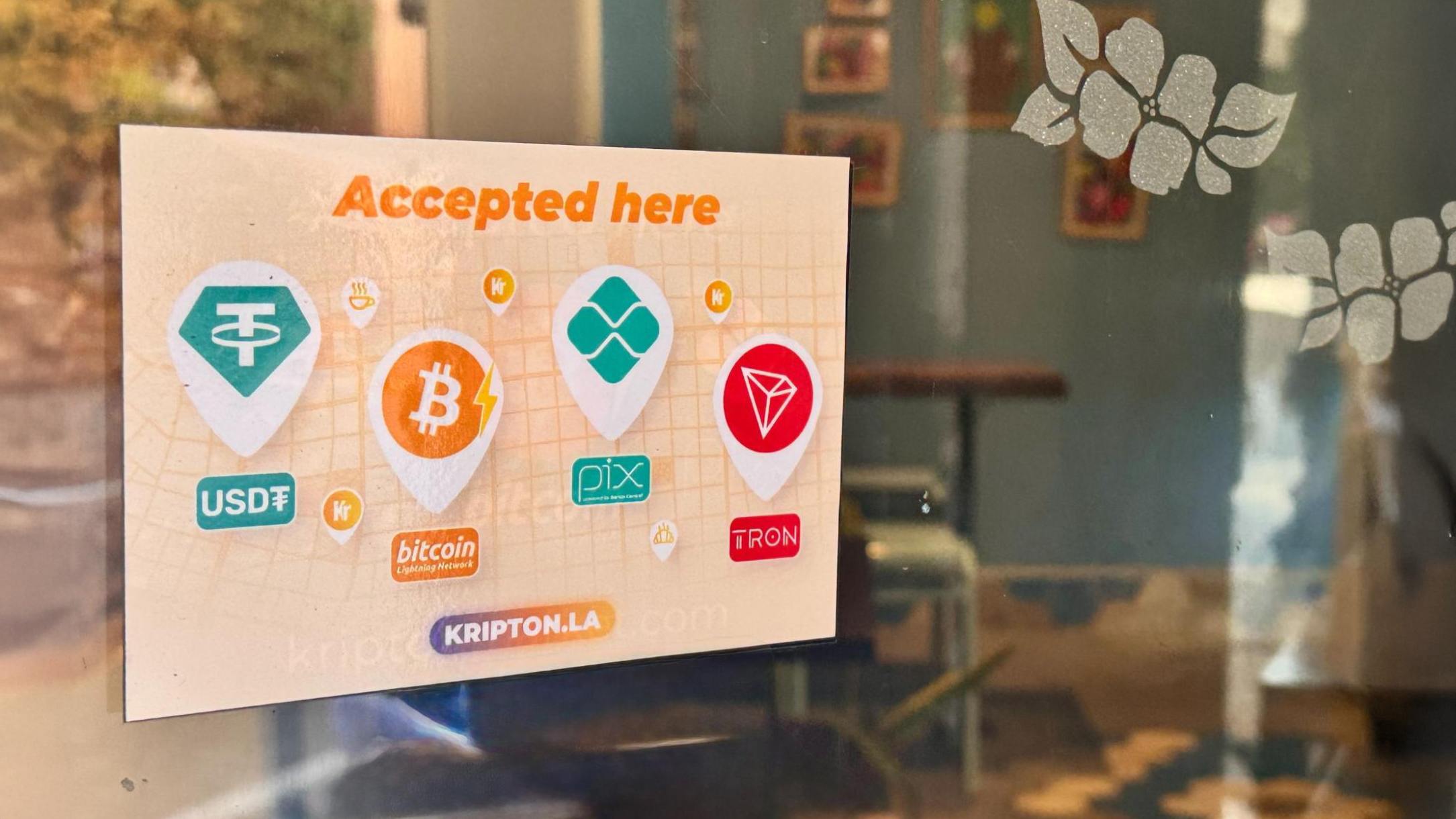The future of media is intelligent and interactive: How AI will change how we consume content
Editor’s note: This is a guest post written by Oren Etzioni, former CEO of the Allen Institute for AI, co-founder of Seattle startup Vercept, and founder of deepfake identifier non-profit TrueMedia.org. We are on the cusp of an AI revolution that will transform everything we read, view, and listen to — from academic papers to podcasts and videos — into intelligent, interactive media. Media powerhouses from TikTok and Spotify to the New York Times and Wall Street Journal will either evolve, or devolve, as AI enables us to interact with our media in real time. We will interrupt media, interrogate it, dispute… Read More


Editor’s note: This is a guest post written by Oren Etzioni, former CEO of the Allen Institute for AI, co-founder of Seattle startup Vercept, and founder of deepfake identifier non-profit TrueMedia.org.
We are on the cusp of an AI revolution that will transform everything we read, view, and listen to — from academic papers to podcasts and videos — into intelligent, interactive media.
Media powerhouses from TikTok and Spotify to the New York Times and Wall Street Journal will either evolve, or devolve, as AI enables us to interact with our media in real time.
We will interrupt media, interrogate it, dispute it, and even modify it in real time. Talking heads will respond to us individually, and broadcasting will become dialog mediated by AI.
Microsoft CEO Satya Nadella recently told GeekWire: “The best way for me to consume podcasts is not to actually go listen to it but to have a conversation with the transcript on my commute using my Copilot.” Similarly, I’ve increasingly replaced passive listening in my car with active dialog with a well-informed chatbot. The interactive future is already here for commuters.
Celebrities will activate avatars to engage with their audience, as foreshadowed by Reid Hoffman’s “AI twin” in this brief video. AI twins, trained on pre-existing content, will be largely indistinguishable from their humans, and the cost of creating them is already plummeting.
In 2023, a social media influencer named Caryn Marjorie created an AI twin called CarynAI, which enabled fans to have one-on-one voice chats as if speaking with Caryn directly. The chatbot reportedly generated tens of thousands of dollars by charging $1 per minute for chats, before being shut down for engaging in sexually explicit conversations.
Computer-generated virtual influencers such as Lu do Magalu (who has upwards of 7 million followers on Instagram) merely broadcast, but their future is interactive. Character.AI, a platform that enables users to chat with a broad range of AI-generated personas (from fictional characters to historical figures), launched in 2022 and quickly amassed a huge user base — by 2024 it reportedly had over 20 million active users worldwide.

Today, companies have websites and primitive chatbots, but in the near future these will be augmented with interactive brand voices as heralded by startups such as Tavus or Creatorsagi. In 2024, I worked with Joseph Sirosh, the founder of CreatorsAGI, to train a chatbot to represent TrueMedia.org. We fed a ChatGPT-like model a slew of interviews and articles about TrueMedia.org, and it was rapidly able to answer questions about deepfakes in our “voice” with high accuracy. The cost and the effort were minimal, and the results were compelling.
Web search is already being displaced with question answering by ChatGPT, Perplexity, and even Google’s Gemini. Much has been said about how the answers are AI-generated summaries, but their interactive nature is an important aspect of their appeal.
Perplexity already offers its users the ability to pose follow-up questions regarding news articles. The academic search engine, Semantic Scholar, enables researchers to pose free-form questions to individual papers in its corpus. For example, you can ask the paper Green AI “how does green AI make AI more inclusive?” and receive a concise answer within seconds. But the answer is based on a single paper and isn’t part of a real-time conversation with the paper’s authors. Yet.
Since the invention of the printing press, and even earlier, technology has revolutionized the production and dissemination of information and entertainment. Typically, earlier modes of consumption survive, as radio did when television arrived, but the new approaches explode in popularity and impact. So passive consumption of videos for relaxation or entertainment will continue, but active interaction with content, which is much more engaging, will surpass it over time.
I refer to this new breed of real-time, interactive media as “conversational media” and we already have a preview of it in the advanced voice mode of ChatGPT. We are approaching an inflection point, where even the mighty TikTok will be disrupted, not by YouTube Shorts or Instagram Reels, but by interactive, visual, and conversational media.
In the realm of education, interactive AI-powered tutors such as Kahn Academy’s Kahnmigo, and Maximal learning’s Max, are far more engaging than static textbooks. Likewise, Seattle-based AI communication coach Yoodli has evolved from providing users with analytics and feedback at the completion of their rehearsed speeches, to interactive, avatar-based role playing. It’s clear that a component of the future of education and training is conversational as well.
For conversational media to reach its full potential, several hurdles have to be overcome.
First, real-time interaction with AI has to become faster and cheaper. Second, visual interaction has to be fine-tuned, so we don’t find ourselves in the uncanny valley — the unsettling feeling we get from the almost-but-not-quite human faces of current social media avatars. Third, we need to educate the public about this new mode of interaction.
Finally, we will have to fight negative use cases. The persuasive power of interactive media will be unprecedented. Many have found President Trump’s speeches compelling, but what happens when his AI twin is having a one-on-one conversation with you while it looks you in the eye? Deepfakes of Elon Musk are already used in various scams, but the interactive worst is yet to come. Unfortunately, AI based forgery will only become more difficult to detect.
Like all technological advances, we have to consider both the upside and the downside and prepare ourselves.


























































































































































































![How to Find Low-Competition Keywords with Semrush [Super Easy]](https://static.semrush.com/blog/uploads/media/73/62/7362f16fb9e460b6d58ccc09b4a048b6/how-to-find-low-competition-keywords-sm.png)



